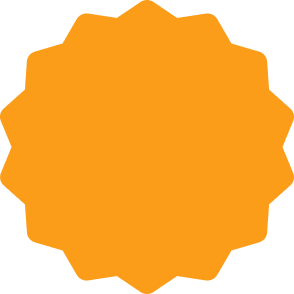What Is Digital Painting?
Digital painting is like painting with real brushes, but on a screen. Instead of messy paint and canvases, artists use a stylus and software to create art. What makes it cool is that you can try things out, fix mistakes instantly, and work anywhere—no setup or cleanup needed.
It's a way to mix traditional painting skills with new tech, opening up creative freedom without the usual constraints.
What Is the Difference Between Digital Painting and Digital Illustration?
Purpose and Approach
Digital painting usually aims to capture mood, texture, and depth—much like a traditional painting. It's about creating rich, lifelike, or imaginative visuals.
Digital illustration, however, tends to focus on clear, bold visuals meant to communicate a message quickly, like logos or book covers. The styles and goals can overlap but often serve different creative needs.
Tools and Workflow
Painters use software that mimics real-world brushes and blending, spending time on layering shadows and highlights. Illustrators might lean more on vector tools or crisp linework, focusing on shapes and precision.
So, painters think in terms of "painting," while illustrators think in "design" terms.
Where You'll See Them
You'll find digital paintings in concept art, fine art prints, or character designs. Illustrations are everywhere from magazines to websites and product packaging. Knowing which you want to focus on can help shape your learning path.
The Benefits of Digital Paint vs. Traditional Paint
- Undo Button: Unlike real paint, you can erase or fix mistakes instantly.
- No Mess: No smelly solvents, no drying time, just pure creativity.
- Experiment Freely: Test different color schemes or styles without wasting supplies.
- Layer Control: Work on parts separately so changes don't ruin the whole piece.
- Portability: Your whole art studio fits inside a laptop or tablet.
- Instant Sharing: Upload your work immediately and get feedback from anywhere.
How Do I Become a Digital Painter?
Get Comfortable with Your Tools
Start by picking a digital painting app that feels right—whether it's Photoshop, Procreate, or something else. Spend time just playing with brushes and layers. The better you know your tools, the easier it is to bring your ideas to life.
Build on Traditional Skills
Digital painting isn't magic; strong basics like understanding light, shadow, and anatomy make a huge difference. If you haven't practiced these before, it's worth spending time learning them alongside digital techniques.
Experiment and Find Your Voice
Digital art lets you test styles and techniques without limits. Try different brushes, textures, and workflows until something clicks. Your unique style will emerge through exploration.
Learn from Others and Share Your Work
Look at art that inspires you and try to figure out how those effects are made. Join online art communities, share your progress, and ask for feedback. Real growth happens through connection and critique.
Keep Creating and Showcasing
Build a portfolio that reflects your best work and what you enjoy making. Post regularly on platforms where potential clients or collaborators can find you. The more you create and share, the more opportunities will come.


























